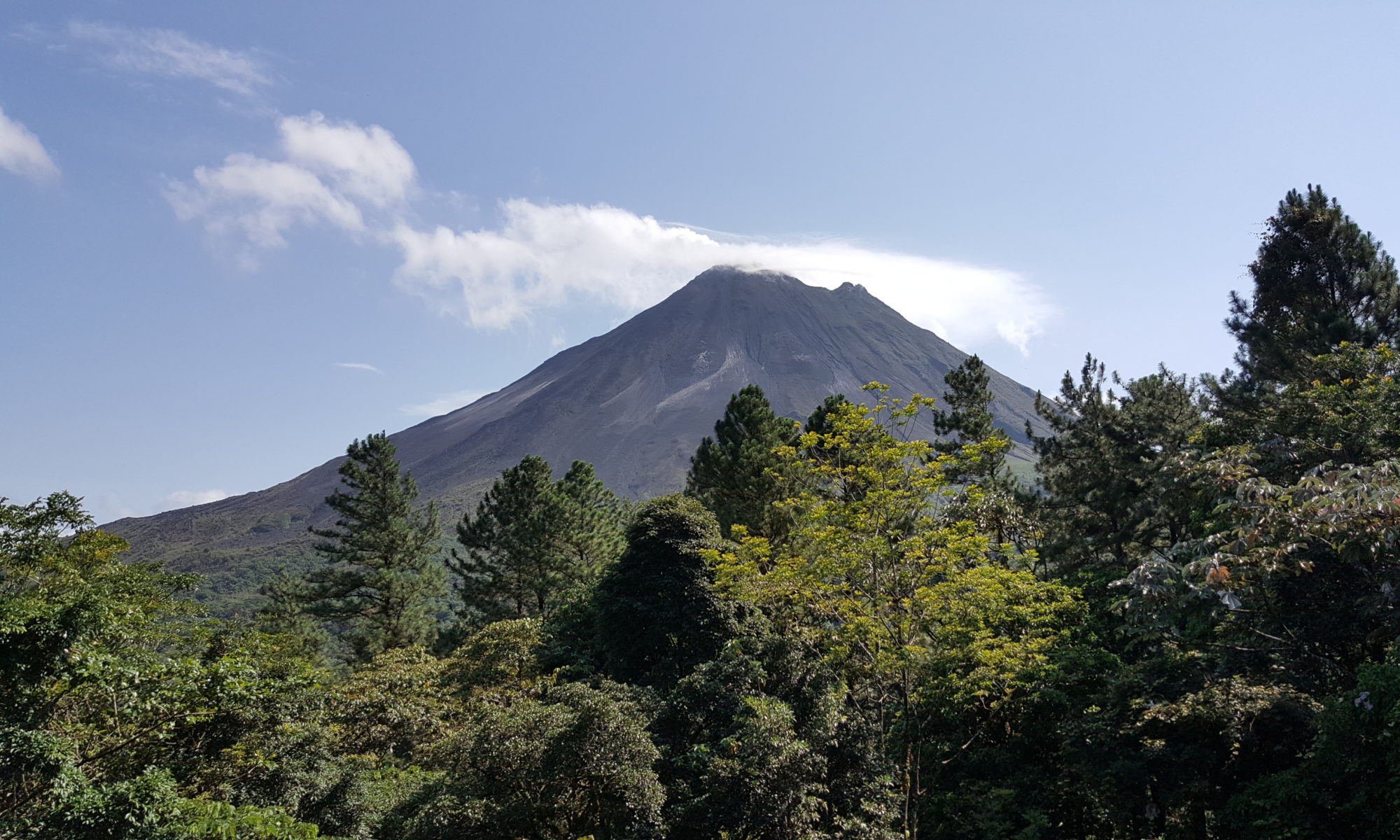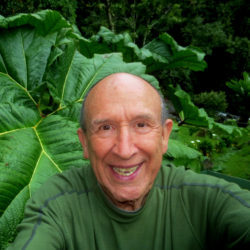A few shots of the Bribri indigenous people during our 4 days at Casa de las Mujeres Yorkin
| Later they were eating this red fruit that I don’t remember the name of. |
I’m still tired from the trip. My new maid comes on Tuesdays, so she helped with my laundry of muddy clothing today. If I ever go there again I will take knee high mud boots. That side of Costa Rica gets more rain year around with I guess muddy trails year around. The Bribri all wear rubber boots outside and go barefooted inside as we did. My hiking shoes were great except not high enough for stream wading and mud that comes up over the ankles. Yuk!
A great article about all 8 Indigenous People Groups in Costa Rica who, like most indigenous peoples everywhere are in danger of disappearing or losing their culture. The Bribri have done a better job than most here maintaining their language and culture.
The main cash crop for the village we visited is cacao pods used to make chocolate. I will do a post on cacao later. They live off the land with no grocery stores, no refrigeration, no electricity, and we ate several vegetables and fruits I had never eaten before. They farm and have chickens for added protein along with fish of course. No beef or pork. They use powdered milk. This village was hurt when the price of cacao fell a few years ago. The women suggested tourism for cash flow and the men said it would never work and be a big intrusion. The men were later surprised at how well the women’s project has worked and a few men now help with it along with some teenagers. Read about what they do with tourists at this website of one tour operator featuring the name of the women’s project: Casa de Mujeres Yorkin
Well, I’m still sorting photos, so more later on this adventure including some birds!




